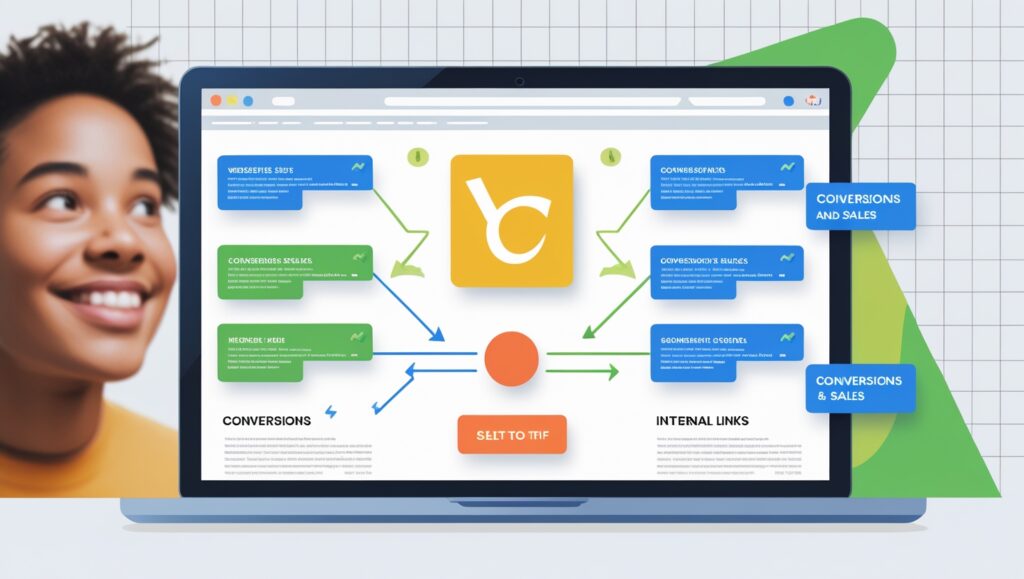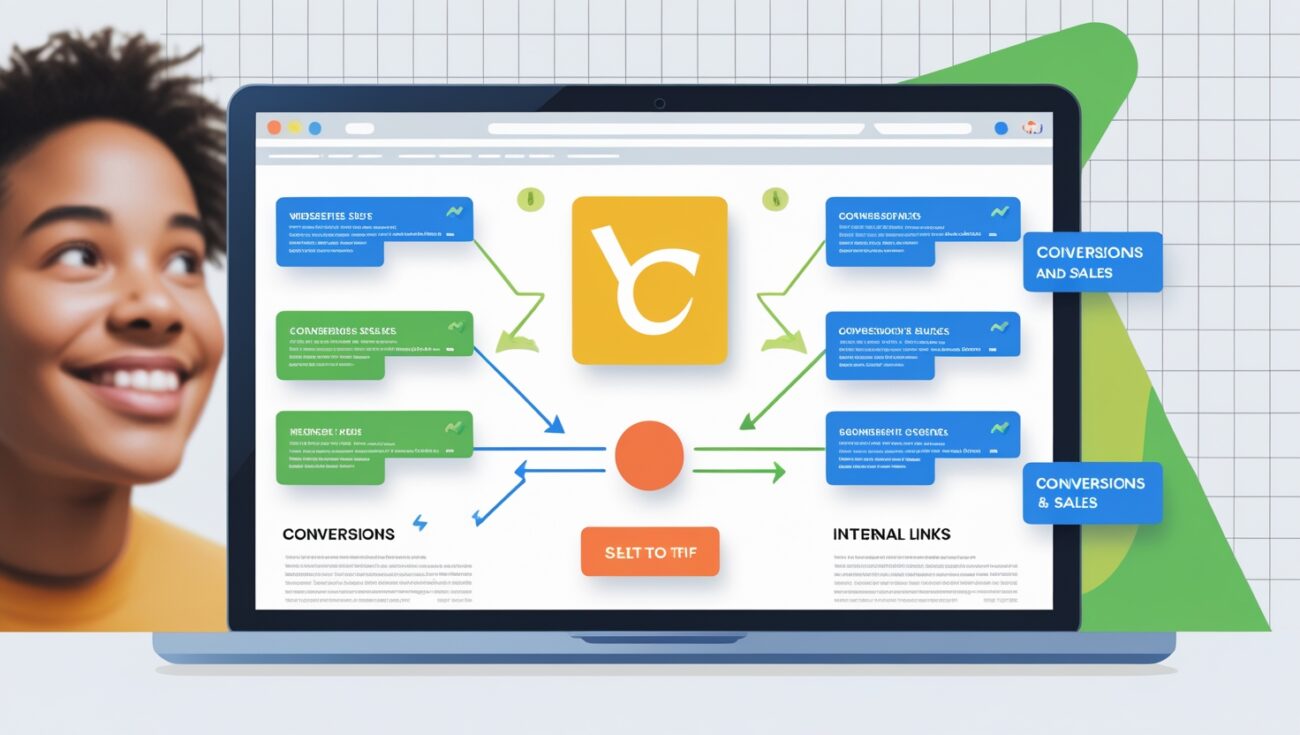The Role of Internal Linking in Google’s Core Web Vitals
As someone who spends a lot of time thinking about how to build a great website, I’ve seen firsthand how Google’s focus has evolved. It’s no longer just about keywords and backlinks; it’s about providing an exceptional user experience. That commitment became a core part of their algorithm with the introduction of Core Web Vitals, a set of metrics that measure a user’s real-world experience on a page.

Table of Contents
While most of the discussion around Core Web Vitals focuses on technical fixes like code optimization and image compression, I’ve learned that a foundational SEO strategy like internal linking plays a surprisingly powerful, albeit indirect, role. It’s a secret weapon for improving how users interact with your site, which is exactly what Google is looking for. Let me walk you through the subtle but significant connection between internal linking and your Core Web Vitals scores.
What Are Core Web Vitals? A Quick Refresher
For those who need a quick refresher, Core Web Vitals are three specific metrics that measure a page’s loading performance, interactivity, and visual stability:
- Largest Contentful Paint (LCP): This measures how long it takes for the largest piece of content on the page (like a hero image or a block of text) to become visible. A slow LCP means a long wait for the user.
- First Input Delay (FID): This measures the time from when a user first interacts with your page (e.g., clicks a button) to the time when the browser is actually able to respond to that interaction. A high FID means a frustrating, delayed experience.
- Cumulative Layout Shift (CLS): This measures how much a page’s layout shifts unexpectedly while it’s loading. Imagine a button moving just as you’re about to click it—that’s a high CLS.
The Connection: Internal Linking’s Impact on Core Web Vitals
While internal links don’t directly influence your LCP or magically fix your code, a good internal linking strategy is a powerful force for improving the user journey in a way that aligns with the principles behind Core Web Vitals.
1. Reducing User Frustration and Improving Interaction
A well-placed internal link is like a signpost guiding a user to their next destination. If your user lands on a page, finds exactly what they’re looking for, and then finds a highly relevant link to take them to the next logical step, they will have a smooth, frustration-free experience. This reduces the likelihood that they’ll get bored and bounce back to the search results page. A smooth user journey, in turn, signals to Google that your site is a good resource, which is what the Core Web Vitals are ultimately designed to measure.
2. Boosting Crawlability and Indexing Efficiency
A clean, logical site structure, supported by a strong internal linking network, makes your site incredibly efficient for search engine bots to crawl. A bot can easily navigate your site and discover new content, ensuring that all of your valuable pages are indexed. A site that is easy to crawl and well-organized often has a faster, more streamlined performance, which can indirectly contribute to better loading times and a more stable experience.
3. Creating a Smoother User Journey
A website with a well-built internal linking structure simply feels faster to the user. They are never left wondering what to do next. They are always presented with a logical path to a related piece of content. This seamless navigation, combined with clear and descriptive anchor text, creates a user journey that feels fast, intuitive, and ultimately, helps with your overall user experience metrics. I’ve used automated tools like Linkbot to easily build and maintain a clean site structure that supports a great user journey.
Leveraging Automation for Core Web Vitals Success
Manually managing an internal linking strategy that is complex enough to support your Core Web Vitals can be a daunting task. How do you find every relevant linking opportunity, and how do you ensure your links are creating a seamless user journey across thousands of pages? This is where automation becomes your most valuable tool. Automated internal linking software can continuously monitor your site and help you ensure your structure remains healthy and logical. It’s an essential piece of ongoing SEO maintenance. With Linkbot, you can automate this crucial part of your SEO and keep your site healthy.
Conclusion: Internal Linking as the Foundation
While a good Core Web Vitals score requires technical fixes, a solid internal linking strategy is the foundation that supports it all. It’s a powerful, foundational strategy that directly influences user experience, which is the ultimate goal of Google’s new ranking factors.
Don’t let a disorganized site hold you back. By creating a logical structure and using internal links to connect your content, you can build a strong foundation for long-term growth and success. A healthier website is a faster website. A faster website is a better website. You can start building your website’s strong foundation with Linkbot today.
A clean, logical site structure, supported by a healthy internal linking profile, also minimizes the number of dead-end pages and unnecessary redirects. Each redirect requires an additional server request, which can slow down your site and harm your Core Web Vitals. By ensuring your links point directly to the correct destination, you’re creating a more streamlined and faster experience for both users and search engine crawlers.
I’ve learned that a website’s perceived speed is just as important as its actual speed. A user who is always given a relevant, helpful link to their next piece of information feels as if the site is fast and highly responsive, even if the raw loading speed isn’t perfect. This seamless flow, driven by smart internal links, enhances the user experience and signals to Google that your site is a high-quality resource.
Ultimately, focusing on Core Web Vitals without a solid internal linking strategy is like trying to build a fast car on a poor foundation. The two concepts work hand-in-hand. While technical fixes give you the raw speed, it’s your internal links that provide the smooth, efficient ride that makes the user want to stay on your site, leading to a stronger SEO performance in the long run.

